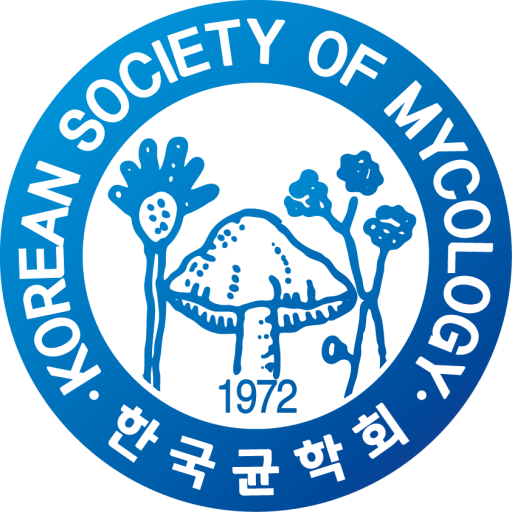A Comprehensive Study of Aecial Stages of the Rust Fungi, Gymnosporangium asiaticum and Gymnosporangium yamadae, on Various Hosts in Korea National Arboretum
Seung Hyo Baek1, Minjun Kyung1, Su Bin Cho2, Ji Yeon Sim2, Hyun-Do Jang2, and
Ki Deok Kim1,*
1Department of Plant Biotechnology, Korea University, Seoul, Korea
2Division of Gardens and Education, Korea National Arboretum, Pocheon, Korea
*Email: kidkim@korea.ac.kr
Korea National Arboretum has not only highly ecological significance but also landscape importance. At the same time, diverse plants of the arboretum often face the emergence and threats of various plant diseases. Thus, this study was conducted to investigate occurrence of various rusts on many host plants in the Arboretum. We collected samples of aecial stages of rusts from nine host plant species (Aria alnifolia, Chaenomeles speciosa, Crataegus pinnatifida, Malus baccata, Malus floribunda, Malus toringo, Pseudocydonia sinensis, Pyrus calleryana, and Pyrus pyrifolia) on June 20, July 7, July 25, and August 8, 2025. In addition, we identified the rust samples by analyzing the sequences of internal transcribed spacer (ITS) region and large subunit (LSU) rDNA region as well as morphological characteristics of the aeciospores of the samples. Consequently, we identified that the causal fungus of rusts on six plant species (A. alnifolia, C. speciosa, C. pinnatifida, P. sinensis, P. calleryana, and P. pyrifolia) was Gymnosporangium asiaticum and that of rusts on three plant species (M. baccata, M. floribunda, and M. toringo) was Gymnosporangium yamadae. Therefore, this study provides basic information on occurrence of two different rust fungi (G. asiaticum and G. yamadae) on the various plant species of the Korea National Arboretum; it may leads the development of effective rust management strategies.

 English
English